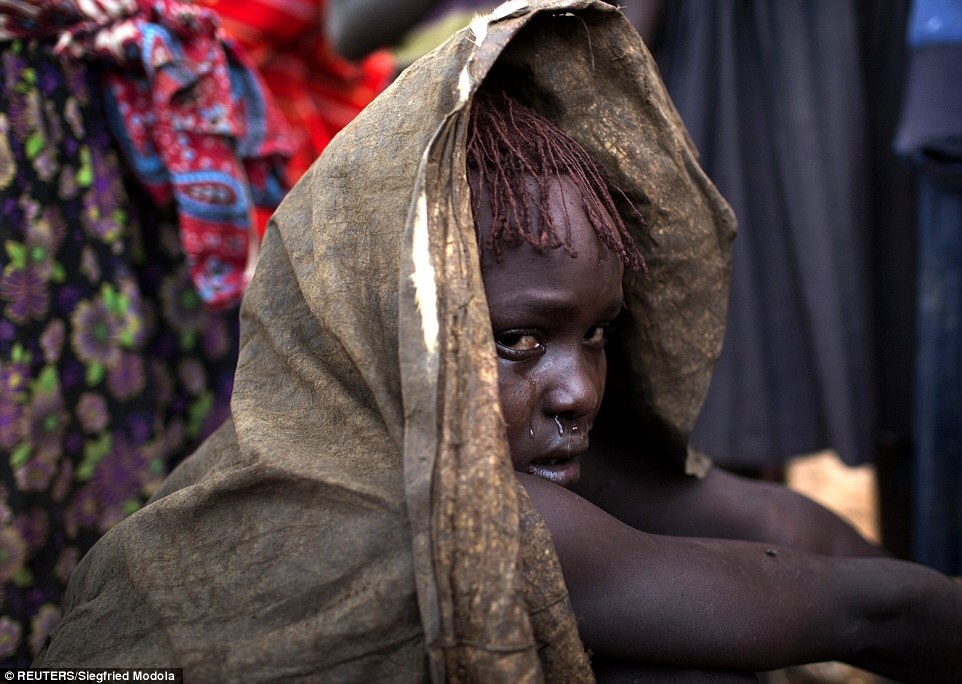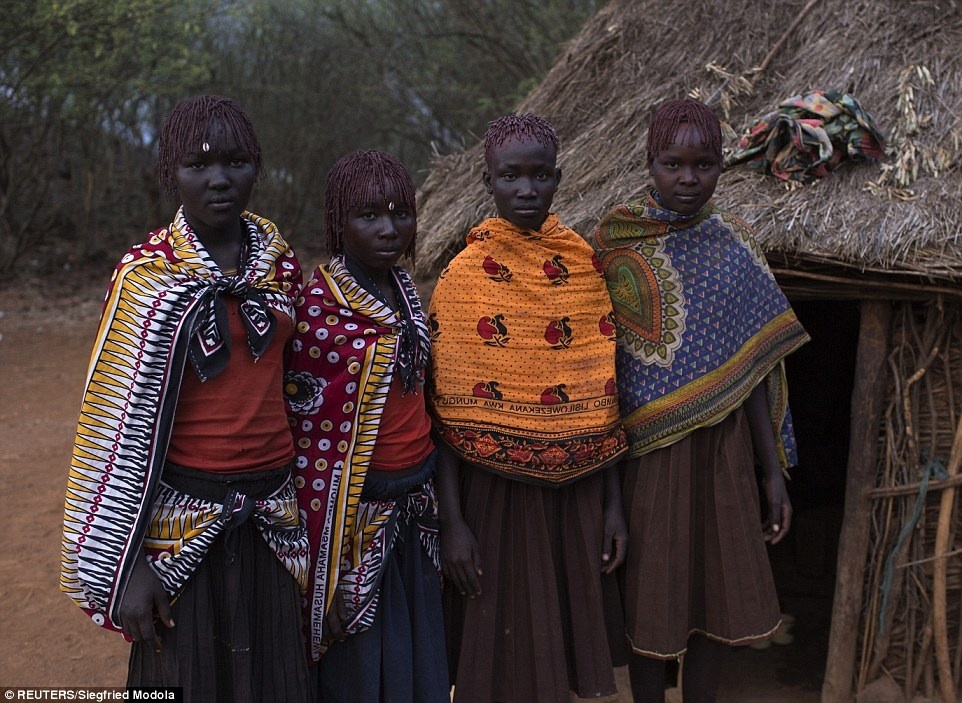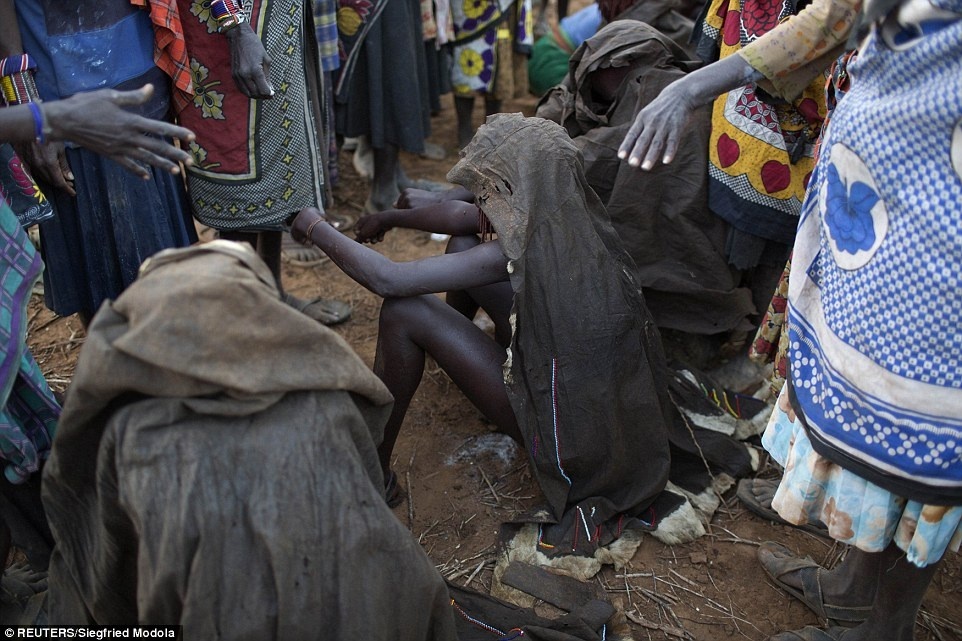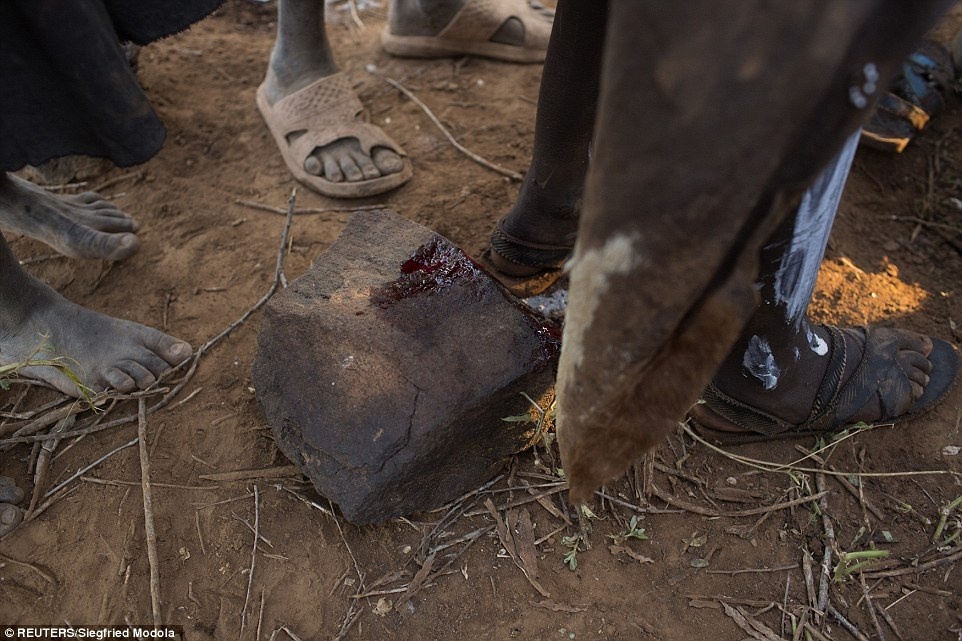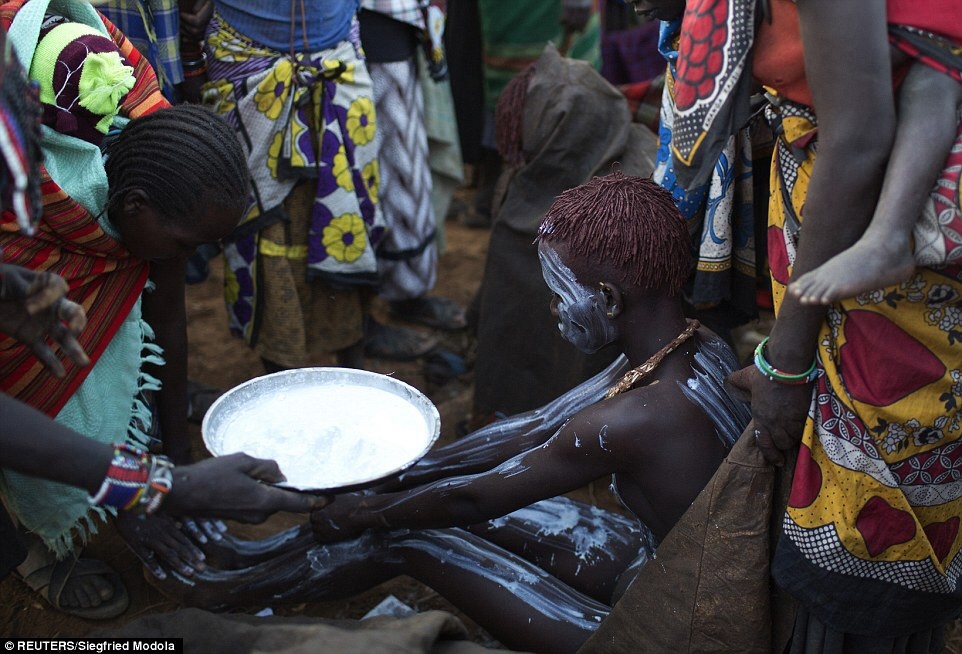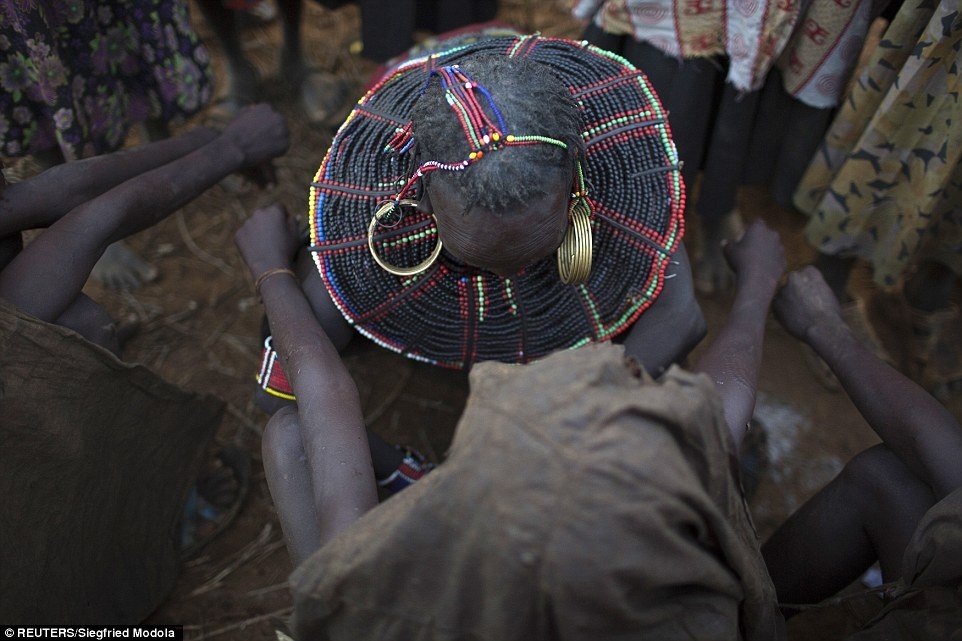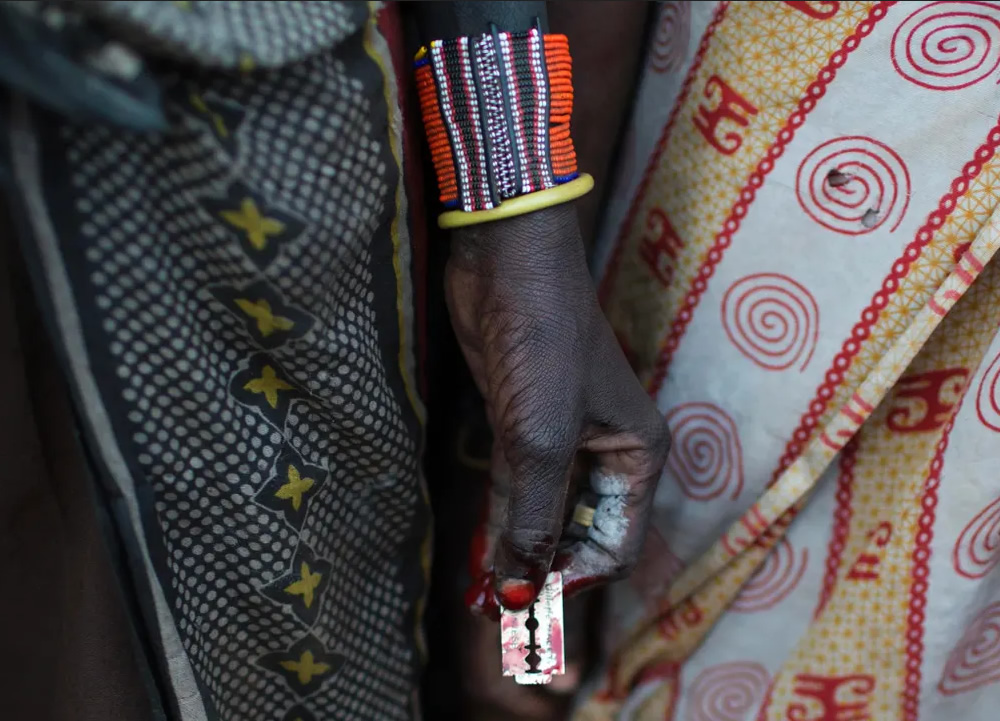Female Genital Mutilation (FGM), also known as female genital cutting and female circumcision, is the ritual removal of some or all of the external female genitalia. Typically carried out by a traditional circumciser with a blade or razor, with or without anaesthesia, FGM is concentrated in 27 countries in Africa, as well as in Yemen and Iraqi Kurdistan, and practised to a lesser extent elsewhere in Asia and among diaspora communities around the world. The age at which it is conducted varies from days after birth to puberty; in half the countries for which national figures are available, most girls are cut before the age of five.
The procedures differ according to the ethnic group. They include removal of the clitoral hood and clitoris, and in the most severe form (known as infubulation) removal of the inner and outer labia and closure of the vulva; in this last procedure, a small hole is left for the passage of urine and menstrual blood, and the vagina is opened for intercourse and childbirth. Health effects depend on the procedure, but can include recurrent infections, chronic pain, cysts, an inability to get pregnant, complications during childbirth and fatal bleeding. There are no known health benefits. The practice is rooted in gender inequality, attempts to control women’s sexuality, and ideas about purity, modesty and aesthetics. It is initiated and usually carried out by women, who see it as a source of honour, and who fear that failing to have their daughters and granddaughters cut will expose the girls to social exclusion. Over 125 million women and girls have experienced FGM in the 29 countries in which it is concentrated. Over eight million have been infibulated, a practice found largely in Djibouti, Eritrea, Somalia and Sudan.
FGM has been outlawed or restricted in most of the countries in which it occurs, but the laws are poorly enforced. There have been international efforts since the 1970s to persuade practitioners to abandon it, and in 2012 the United Nations General Assembly, recognizing FGM as a human-rights violation, voted unanimously to intensify those efforts. The opposition is not without its critics, particularly among anthropologists.
Reuters photographer Siegfried Modola captured this ceremony in rural Kenya for four teenage girls of the Pokot tribe, in Baringo County. The pictures show frightened girls lined up before villagers in Kenya to be circumcised – even though the brutal practice is now illegal in the country.
